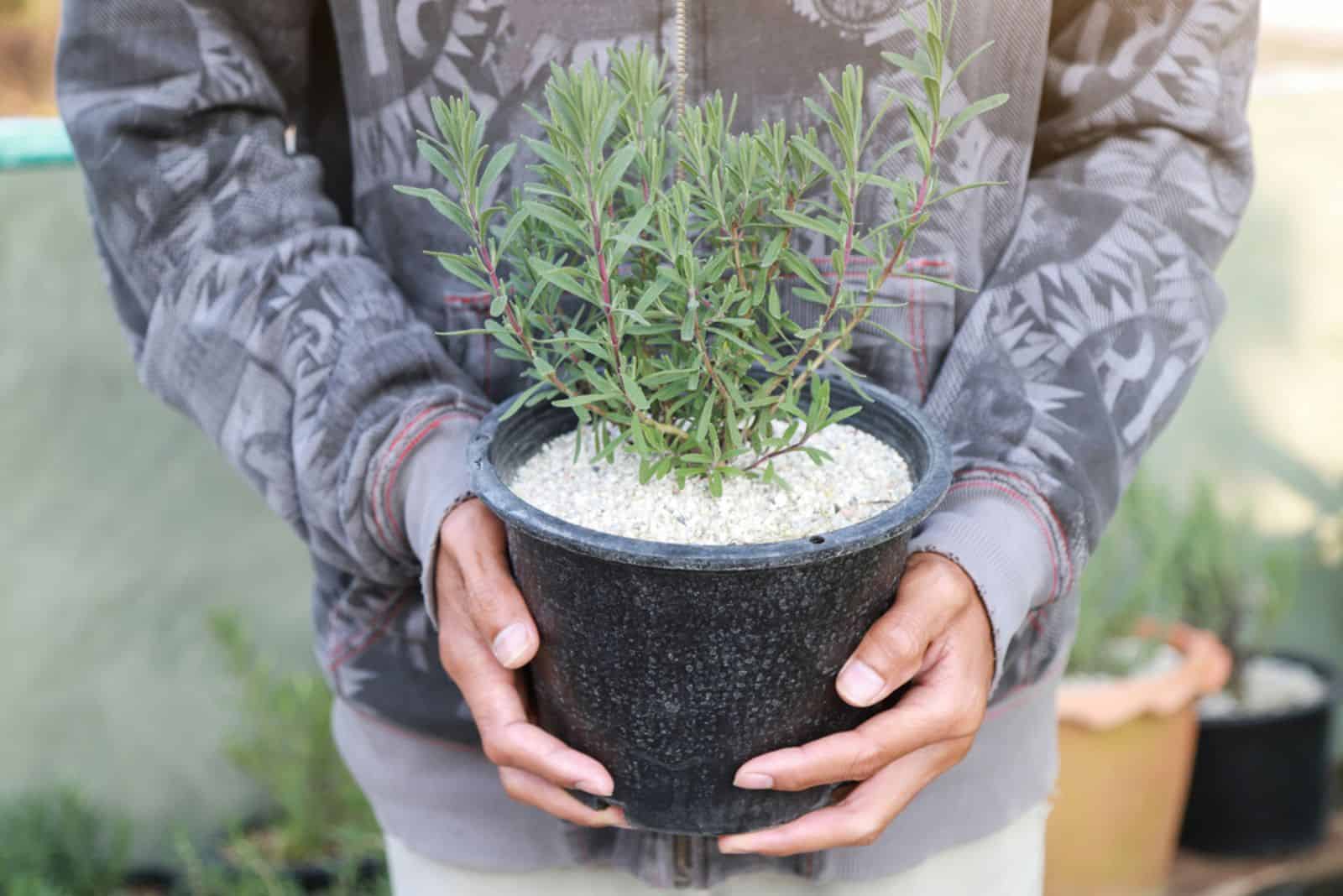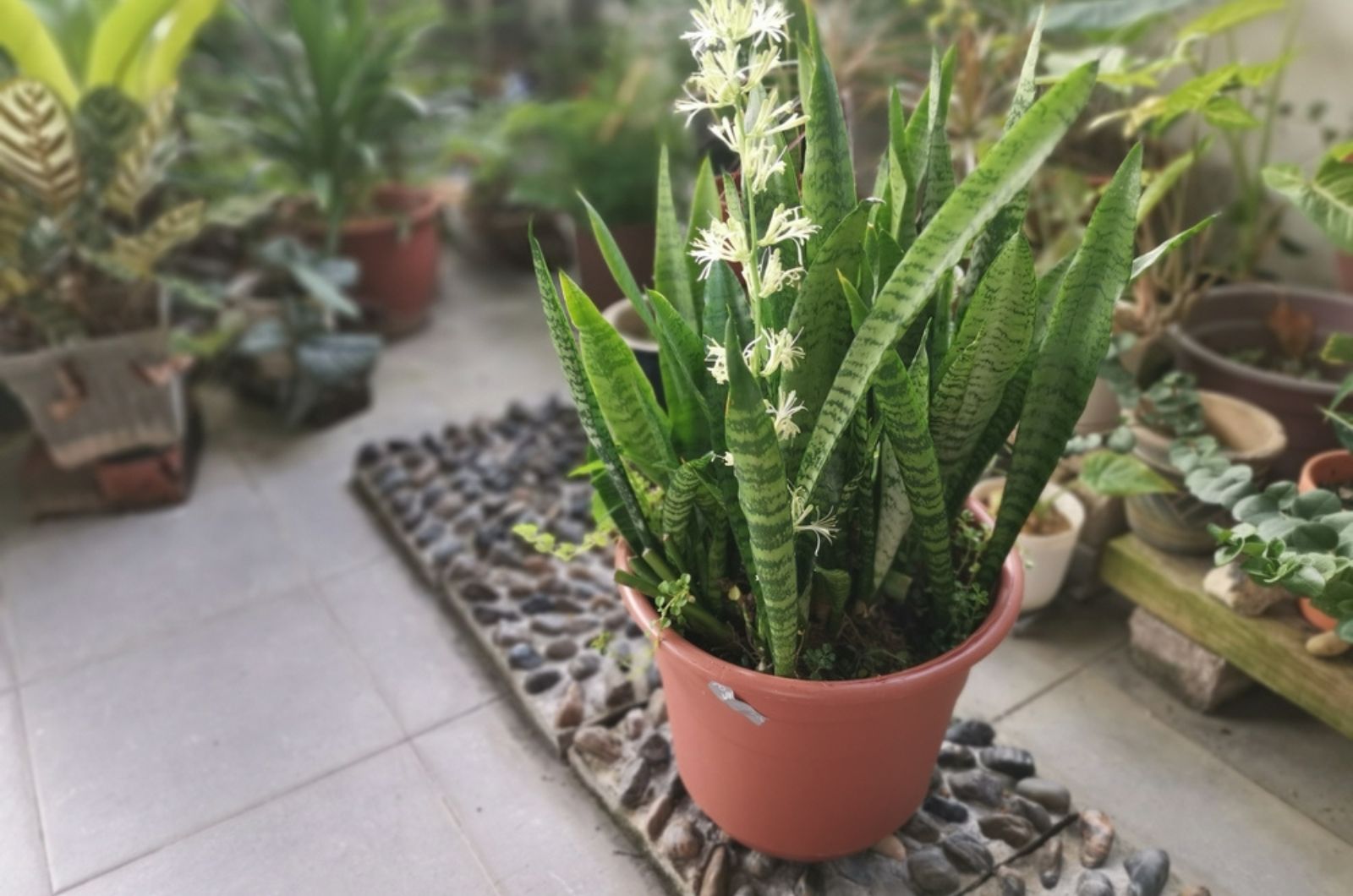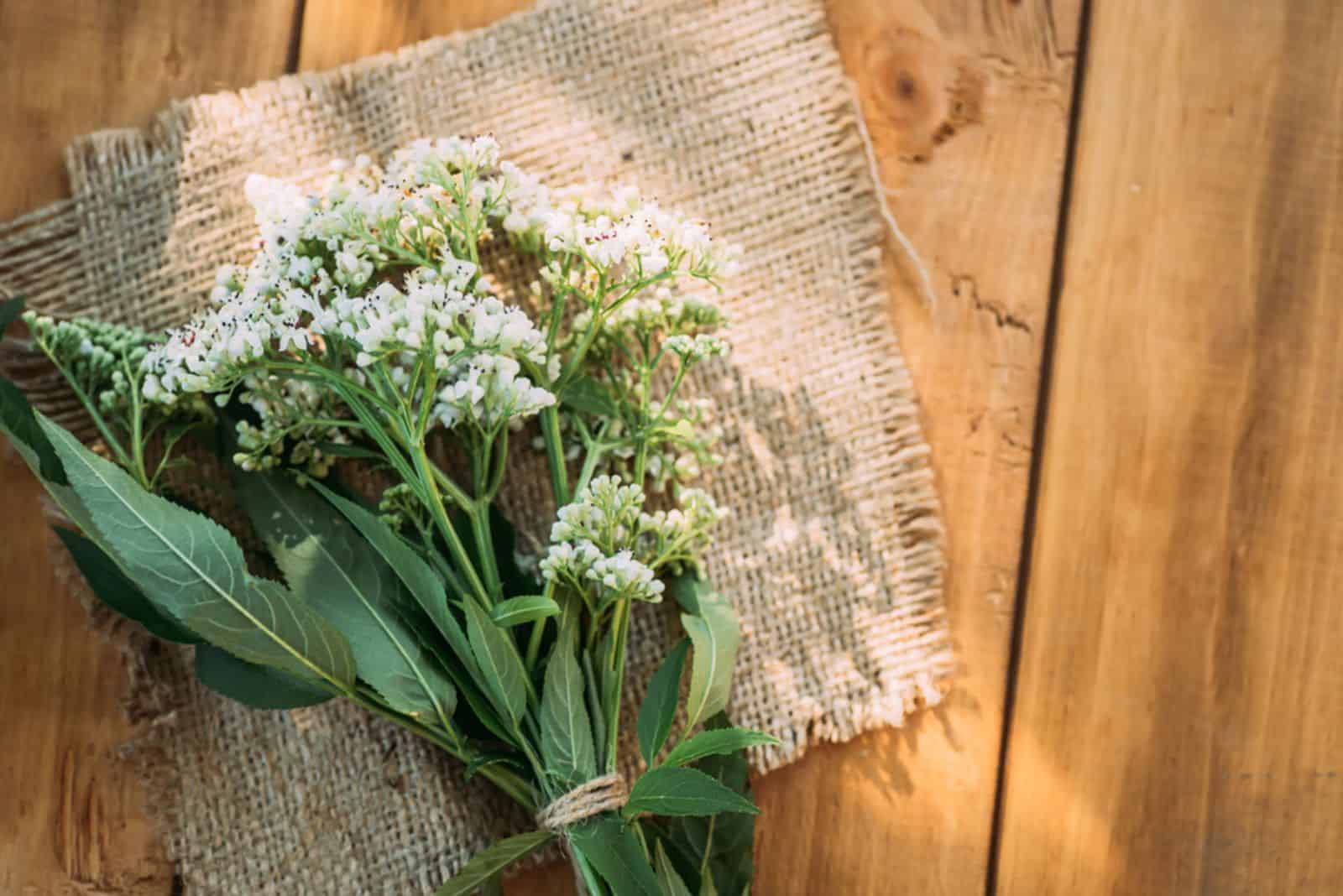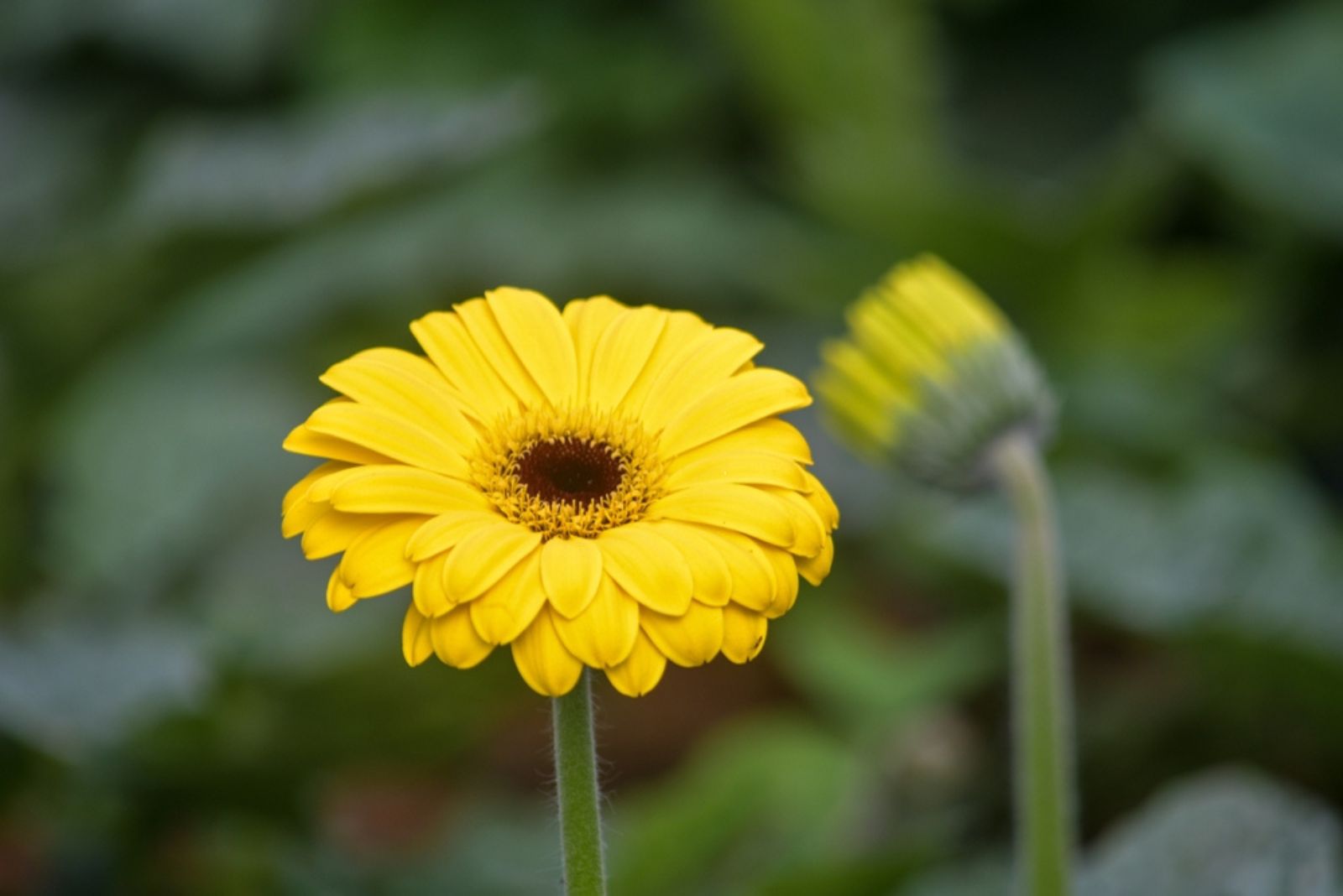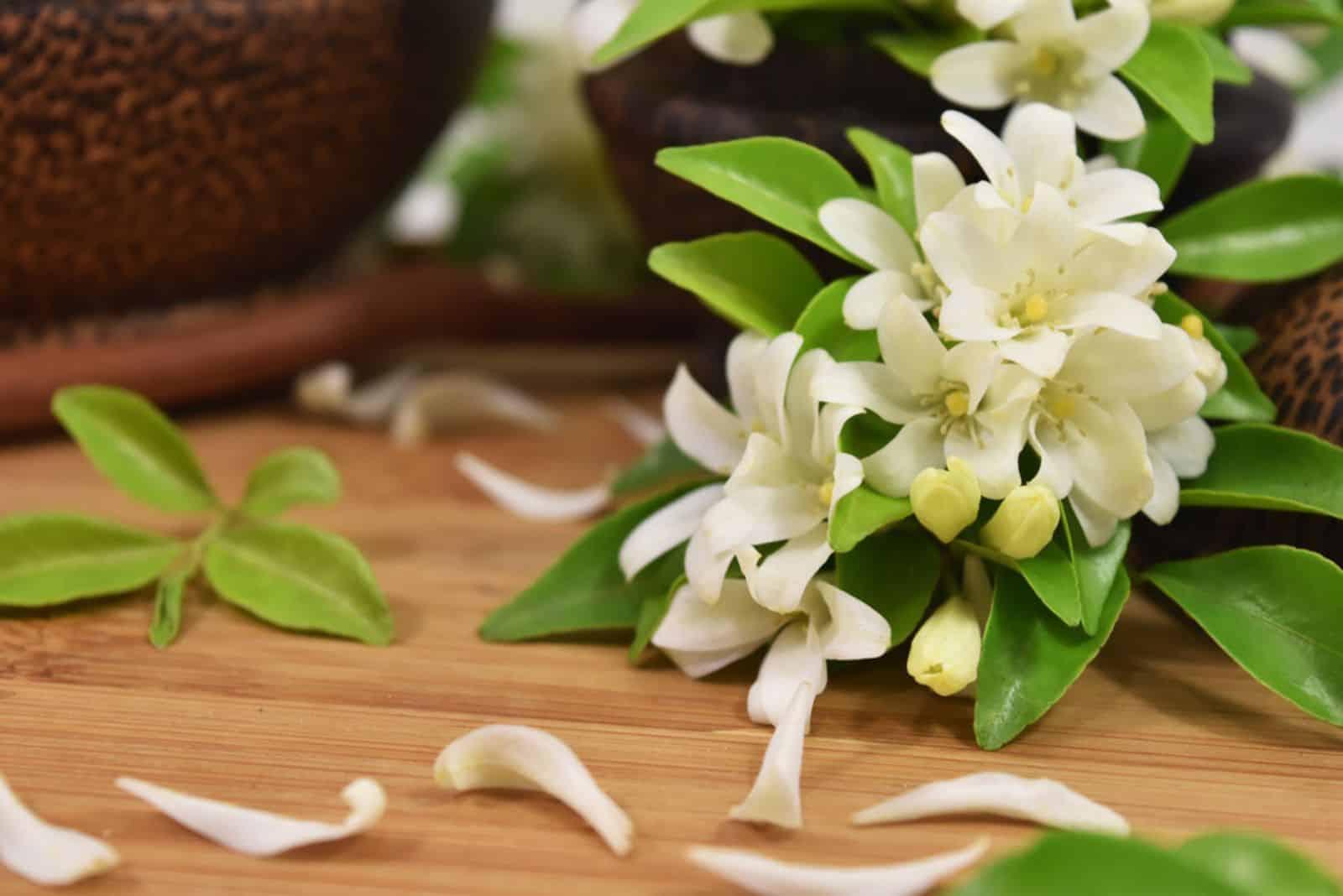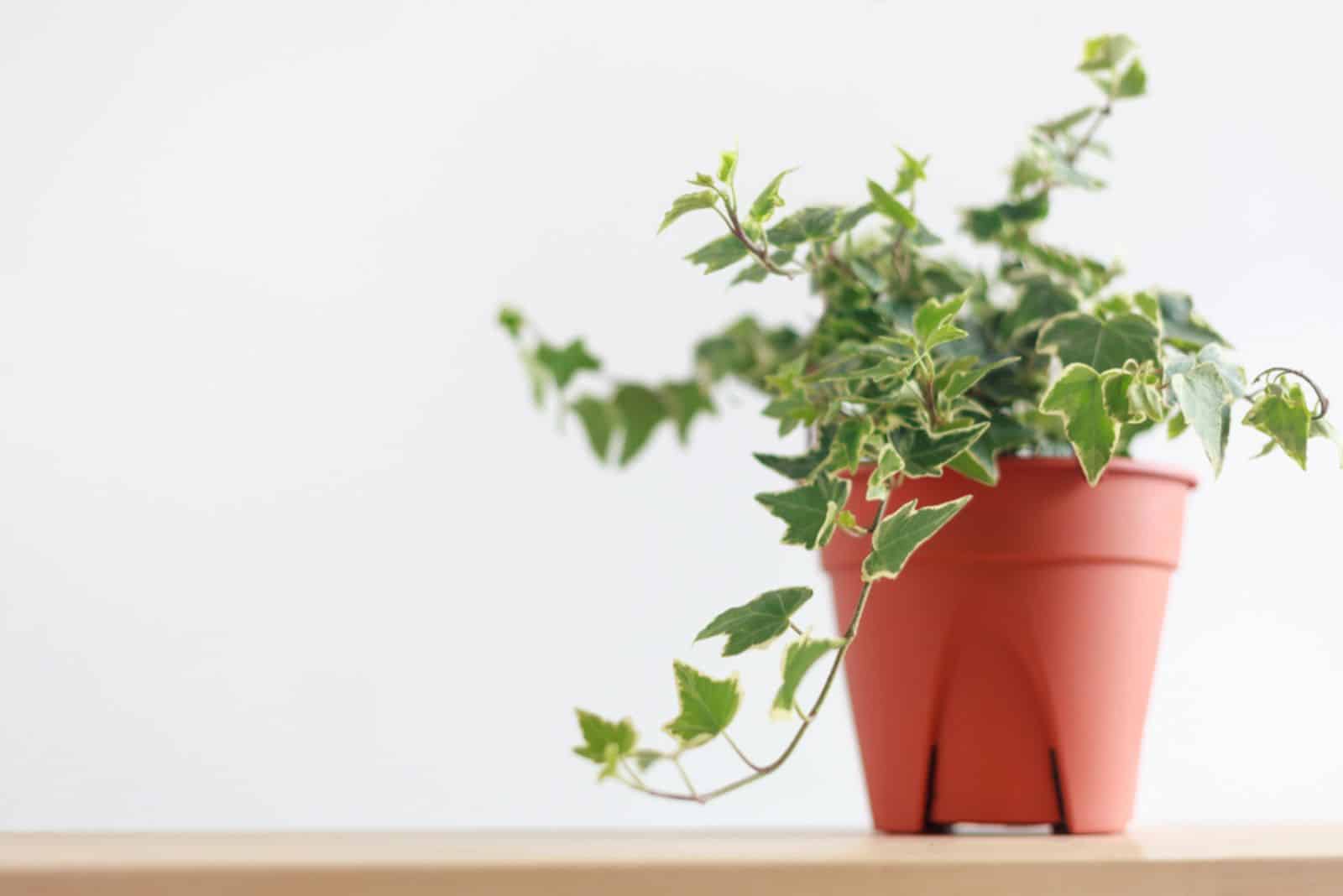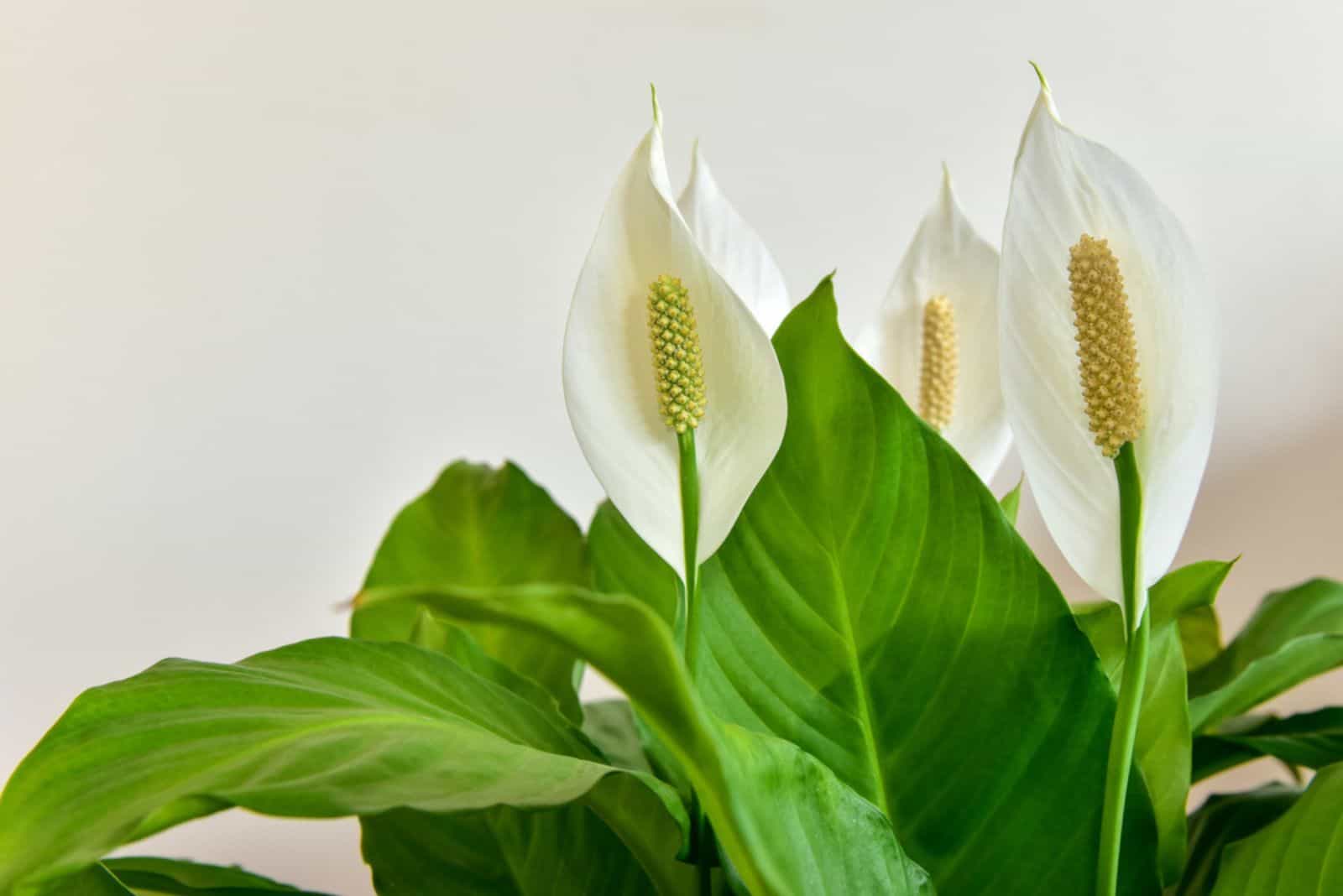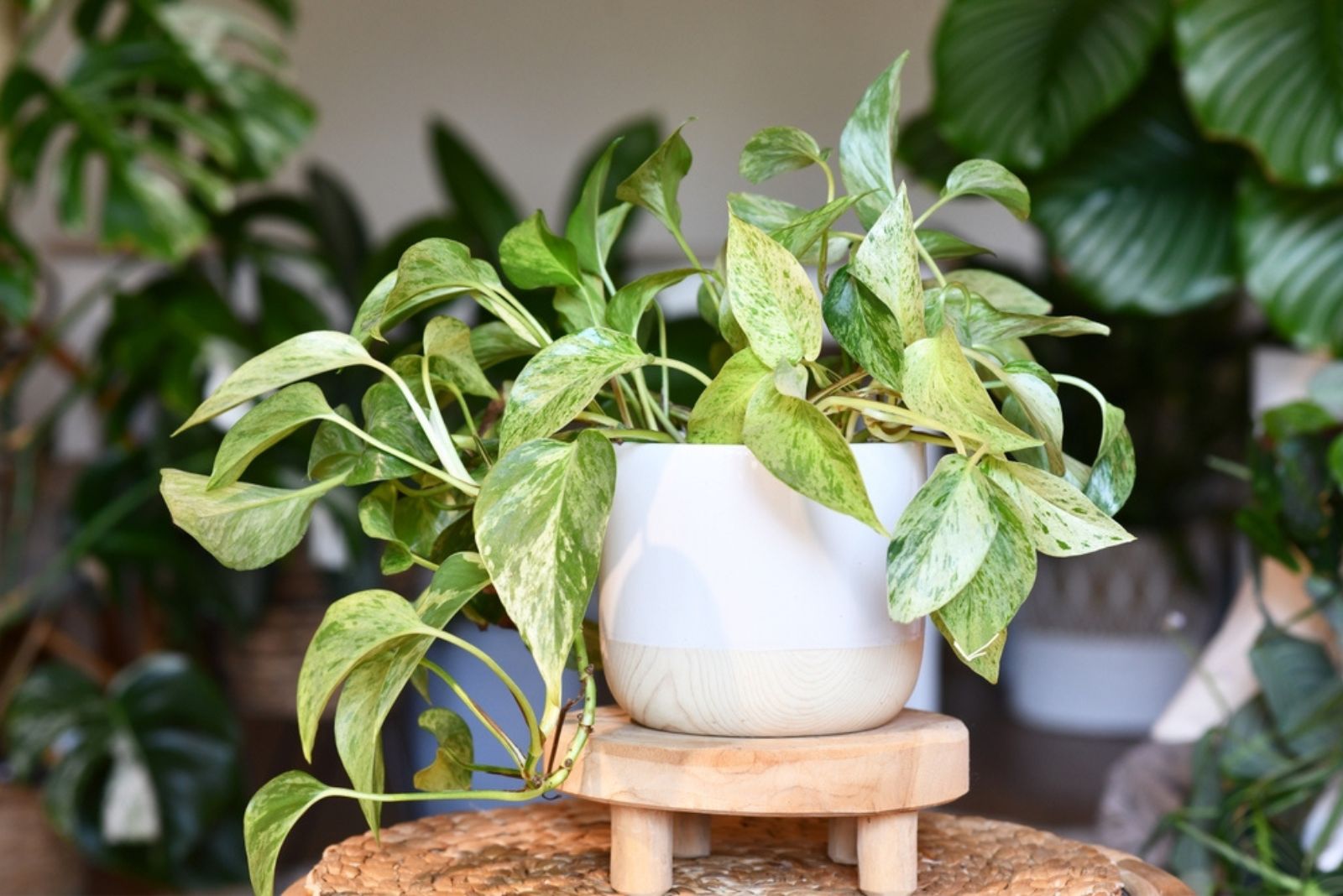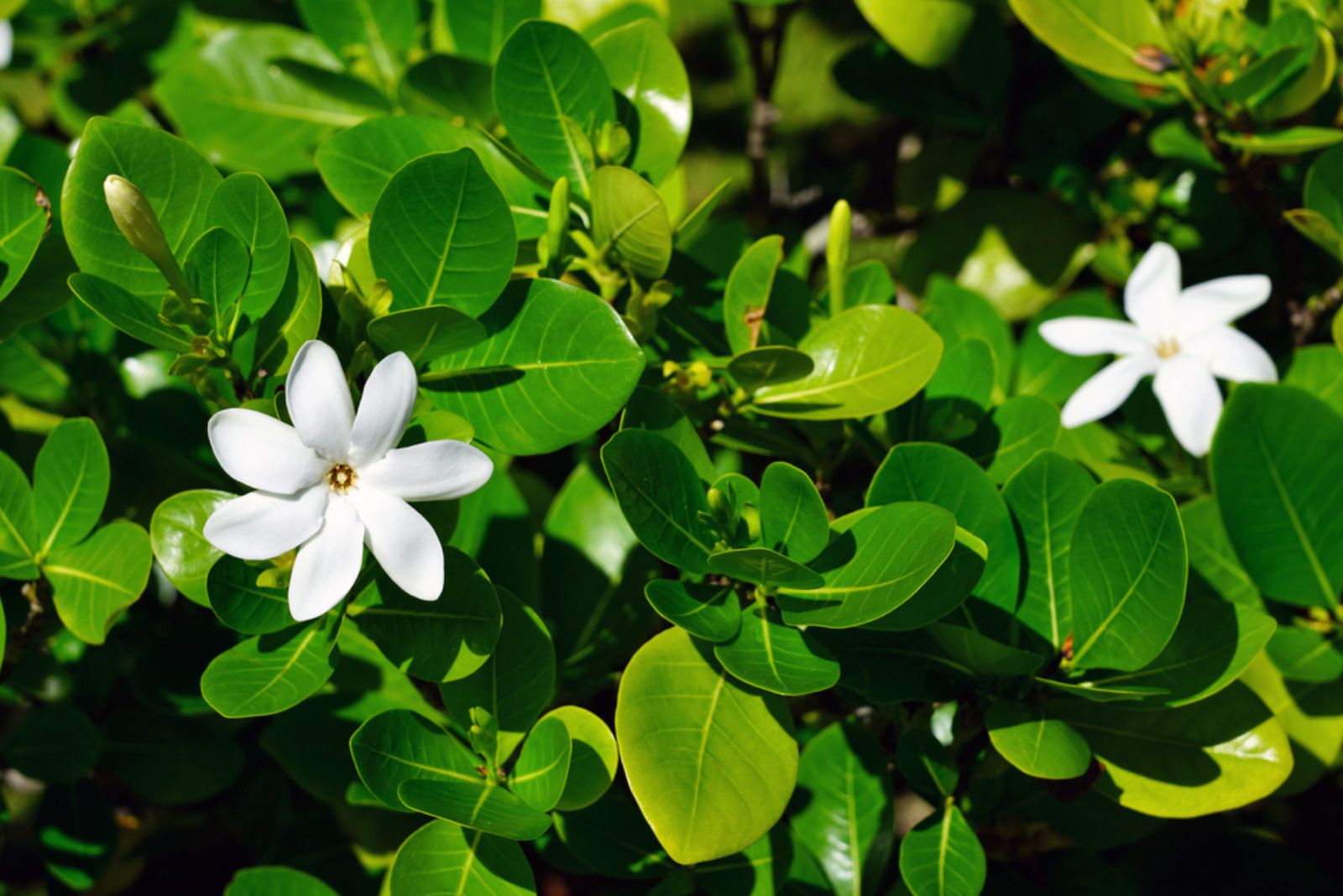If you find it hard to drift off to sleep, you’re not alone.
Insomnia is very common and affects our health in a big way.
But what if I told you that there are some plants that can help you with this problem? Yes, you read that right! I have prepared a collection of 14 plants for the bedroom to improve sleep and treat insomnia.
This isn’t a myth and is backed up by many studies, so let’s start with that.
What Does Science Say?
In scientific terms, everything started back in 1989 with the NASA Clean Air Study. (1) Scientists discovered that certain plant species reduce VOC (volatile organic compounds). (2)
Formaldehyde, benzene, and toluene are just a few of the examples of harmful compounds found in indoor air that can affect our health, and consequently our sleep.
These chemicals can also lead to sick-building syndrome (3); to put it simply, you can suffer from various non-specific symptoms such as dizziness, headaches, allergies, and insomnia by breathing in these compounds.
Before we move on, you should know that the plants listed below can’t treat serious conditions and shouldn’t be used as substitutes for professional medical advice, diagnosis, or treatment.
Now let’s look at which plants can help us with minor sleep issues.
1. Lavender
Lavender looks absolutely gorgeous when grown indoors and its scent is simply enchanting. This popular herb has been used to treat insomnia for centuries and its flowers were used as stuffing in pillows.
Nowadays, people mainly use lavender essential oils. According to studies, inhaling these oils can help treat mild sleep disturbances. (5)
Growing lavender in your bedroom has two benefits. First, the scent will have a calming effect and you’ll get better sleep, and second, your bedroom will look amazing when full of lavender blossoms.
2. Snake Plant
Is the snake plant an oxygen supplier? This is one of the most common questions I get when it comes to this famous succulent.
The answer is simple – yes! This plant absorbs carbon dioxide and releases oxygen during the night. As a result, indoor air quality increases and you get better sleep. In scientific terms, this feature is referred to as Crassulacean acid metabolism. (6)
A snake plant will make a wonderful addition to your bedroom and is a perfect plant if you are a beginner grower because it requires little maintenance.
3. Valerian
The roots of this plant species is one of the oldest cures for insomnia. Growers primarily cultivate this plant outdoors, but it isn’t hard to maintain indoors.
If your bedroom has a lot of sun exposure, you can put your valerian there. Its lovely blossoms will make an excellent addition to bedroom decor and inhaling their scent will help you sleep.
4. Gerbera
The gorgeous blossoms of gerbera daisy plants come in various colors, such as pink, white, yellow, and orange. They’ll definitely brighten up your space, but the story doesn’t end there.
These plants also have the capability to release oxygen at night, so lack of sleep shouldn’t be a problem anymore. Gerberas also have many other medicinal benefits, such as relieving stress and anxiety.
5. Jasmine
This plant is renowned for its soothing effect. It decreases anxiety and the scent helps you get better sleep.
The scent of jasmine can also increase your productivity, which makes it an invaluable addition to any home.
6. Aloe Vera
When it comes to medicinal benefits, no plant can compare to aloe vera. It has soothing properties and can aid in stress relief and relaxation.
This means sleeping better with less movement and disturbance.
It absorbs carbon dioxide during the night, which makes the surrounding air less toxic.
7. English Ivy
This is a vining plant that looks breathtaking, especially when grown in hanging pots.
It’s considered an air-purifying plant and will enhance sleep quality if you keep it in your bedroom.
Be careful with English ivy because it contains toxic substances that can cause severe issues if ingested. (7)
8. Bamboo Palm
This is one of the cutest indoor plants, and the best thing is that it doesn’t require a lot of light. If your bedroom lacks light and you have trouble with sleep, I highly recommend growing a bamboo palm.
It cleans indoor air and makes time spent in the bedroom way more pleasant.
9. Peace Lily
All types of peace lilies look breathtaking, but did you know that these plants enhance sleep quality by removing toxins from the air?
No more harmful benzene, formaldehyde, or any other substance that causes breathing issues.
Another excellent thing about the peace lily is that it increases indoor humidity, which helps people with allergies, sore throats, and dry noses.
10. Golden Pothos
This is undoubtedly one of the most popular indoor plants, in no small part due to the enchanting variegated foliage.
But beauty isn’t the only great thing about the golden pothos; it also cleans the surrounding air, which helps you fall asleep easier and sleep better.
11. Spider Plant
The Chlorophytum comosum, better known as the spider plant, is one of the most famous and efficient air-purifying plants.
Similarly to the golden pothos, it increases relative indoor humidity, which makes it a perfect candidate for bedrooms.
The gorgeous spider plant tolerates different light levels, so if you’re a beginner grower who struggles with sleep and has allergies or similar problems, the spider plant is perfect for you!
12. Gardenia
The captivating blossoms of gardenia plants smell wonderful!
Inhaling the scent of gardenia blossoms can help you fall asleep easier and sleep better through the night.
13. Chinese Evergreen
If there was a plant beauty contest, the Chinese evergreen, aka Aglaonema, would definitely win! The enchanting patterned and colorful leaves will render everyone who sees them speechless.
And the Aglaonema has even more to offer. It’s also an air-purifying plant, so sleep issues can be solved with a single Chinese evergreen.
14. Boston Fern
If you like ferns, you’ll be happy to hear that the Boston fern can help with sleep. It removes harmful substances from the air and also increases indoor humidity.
Here are 3 things to consider if you decide on growing plants for better sleep:
1. According to NASA, it would be best if you had more plants in your bedroom. If your home is around 1800 square feet, grow approximately 15 plants with air-purifying properties for best results.
2. Pay attention to plant toxicity, especially if you have small children or pets. If you decide on a certain plant, first check if it has any poisonous properties.
3. Don’t forget to clean the plant leaves; regularly check on your plants and clean the leaves with a soft sponge dipped in water.
I hope this article helps you get a good night’s sleep.
Until next time!
References
1. BC Wolverton; WL Douglas; K Bounds (1989). Interior landscape plants for indoor air pollution abatement. NASA.
2. What are volatile organic compounds (VOCs)? | US EPA. (2023, March 15). US EPA. https://www.epa.gov/indoor-air-quality-iaq/what-are-volatile-organic-compounds-vocs
3. Joshi, S. M. (2008). The sick building syndrome. Indian Journal of Occupational and Environmental Medicine
4. Ko, L., Su, C., Yang, M., Liu, S., & Su, T. (2021). A pilot study on essential oil aroma stimulation for enhancing slow-wave EEG in sleeping brain. Scientific Reports
5. Lillehei, A. S., & Halcon, L. L. (2014). A systematic review of the effect of inhaled essential oils on sleep. Journal of alternative and complementary medicine (New York, N.Y.)
6. Cushman, J. C. (2001). Crassulacean Acid Metabolism. A Plastic Photosynthetic Adaptation to Arid Environments. Plant Physiology
7. English Ivy. (n.d.). ASPCA. https://www.aspca.org/pet-care/animal-poison-control/toxic-and-non-toxic-plants/english-ivy


